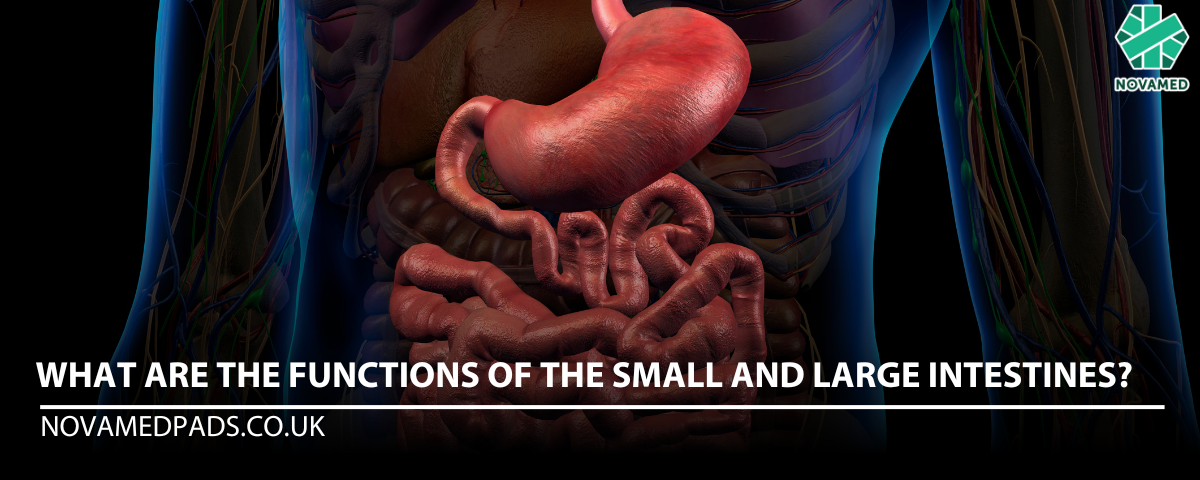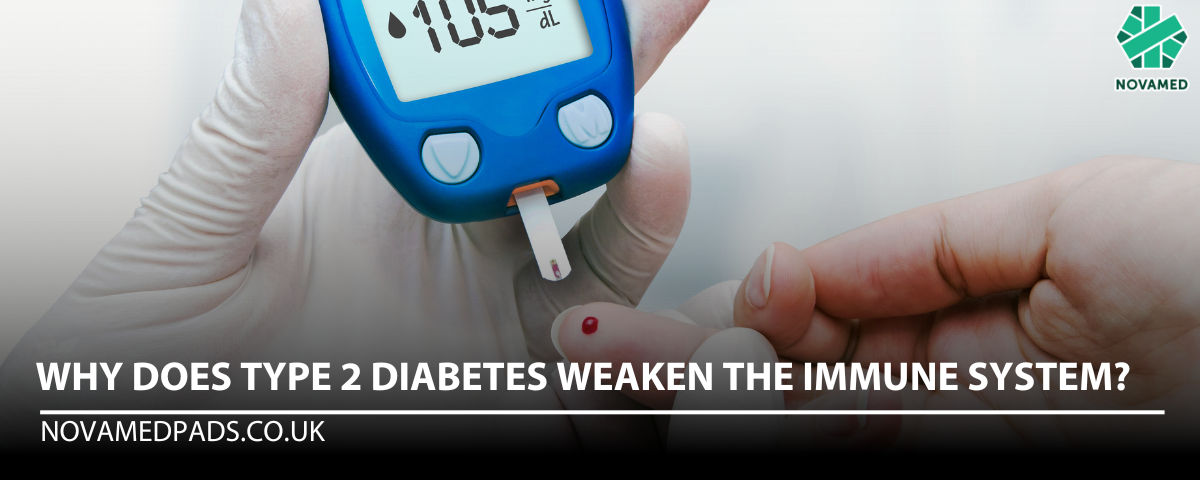
What are the functions of the small and large intestines?
The small and large intestines play vital roles in digestion and absorption of nutrients. Understanding their specific functions helps explain how our body processes food, absorbs nutrients, and eliminates waste. Below, we explore how the small and large intestines work together.
Functions of the Small Intestine
The small intestine is responsible for multiple crucial tasks during digestion:
- Nutrient absorption: The small intestine absorbs nutrients from digested food, which are then passed into the bloodstream for the body to use.
- Digesting food: It breaks down food using enzymes and digestive juices, separating water and nutrients into simple forms that the body can absorb.
- Waste transfer to the large intestine: Undigested food and waste products are passed from the small intestine to the large intestine for elimination.
The small intestine is divided into three parts: the duodenum, jejunum, and ileum. The inner lining of the duodenum secretes digestive juices, breaking down food into simpler compounds for absorption. Some foods require specific enzymes, often produced by bacteria in the large intestine, to complete this process.
Functions of the Large Intestine
The large intestine also has essential roles, particularly in the final stages of digestion:
- Water absorption: It absorbs water and any remaining nutrients after the small intestine has done its job.
- Waste elimination: Undigested food, waste products, and bacteria are moved into the rectum and expelled from the body.
The large intestine consists of the cecum and colon. The colon further processes the waste, preparing it for elimination. Healthy bacteria in the large intestine help break down food that the body could not digest earlier.
The Digestion Process Explained
During digestion, food is broken down into smaller components, such as amino acids, carbohydrates, and fats. These are mixed into a thick solution called chyme, which moves from the stomach into the small intestine. Here, tiny, fingerlike projections called villi absorb the nutrients. The villi, and even smaller microvilli, provide a large surface area that helps maximise nutrient absorption.
Once nutrients are absorbed, the body stores any excess as fat or uses it for energy. Water absorbed from food is also either stored or used as needed, with excess waste eliminated through the intestines.
The Role of Villi in Absorption
The structure of the small intestine, especially the villi, plays a significant role in digestion. The villi act like brushes, breaking food into small particles for absorption. Microvilli, found at the base of villi, assist in absorbing water and nutrients while also helping to eliminate waste products.
Nutrients pass through tiny pores in the intestinal cell membranes, allowing essential substances to enter the bloodstream. This process is highly efficient and ensures the body extracts maximum energy from food.
How Does the Large Intestine Eliminate Waste?
After digestion in the small intestine, leftover waste moves into the large intestine. Here, it undergoes further breakdown with the help of bacteria, and excess water is absorbed. The remaining waste then passes into the rectum, ready for elimination.
Conclusion
Both the small and large intestines are essential for digesting food and maintaining overall health. The small intestine focuses on breaking down food and absorbing nutrients, while the large intestine handles water absorption and waste elimination. Together, these organs ensure that the body functions efficiently by extracting energy, nutrients, and eliminating waste.
Feel free to explore our full range of incontinence solutions here!
Bladder and bowel incontinence may be caused by conditions which can be treated medically. Please consult your physician for medical advice and guidance.




